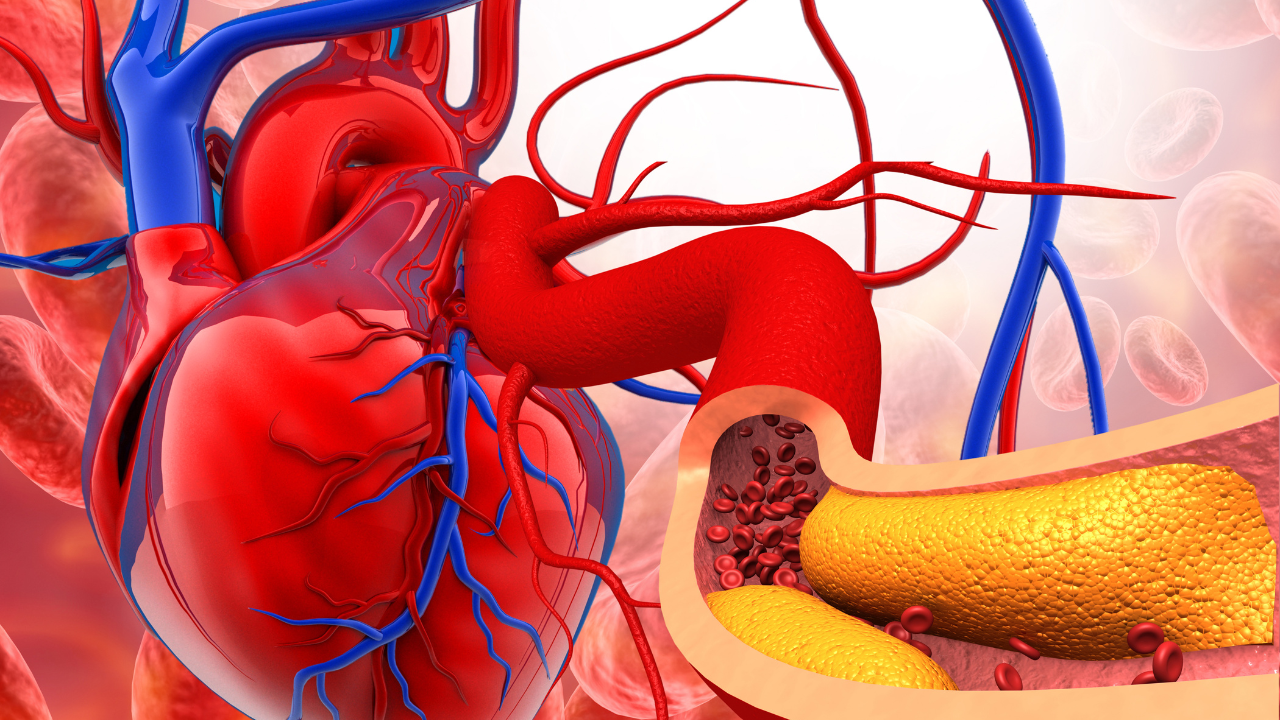Key Takeaways
- Ultra-processed foods dominate the U.S. diet and raise heart disease risk, but some—like whole-grain cereals or plain yogurt—can still be healthy.
- Good picks include frozen produce, low-sodium beans, nuts, and high-fiber cereals, while processed meats, sugary drinks, and refined breads are best limited.
- Swaps like plain yogurt with fruit or sparkling water, plus smart use of frozen or canned basics, can cut harmful UPFs without losing convenience.
If you’ve noticed a lot of headlines around ultra-processed foods lately, you’re not imagining it. There have been several recent studies linking ultra-processed foods (UPFs)—which contain ingredients and chemicals that aren’t generally available to a home cook—to a variety of health issues, from cardiovascular disease to risk of premature death.
“High UPF intake is widespread and detrimental,” says Grace Derocha, RDN, CDCES, spokesperson for the Academy of Nutrition and Dietetics. “Nearly 60% of U.S. calories come from UPFs—and adolescents fare worst, correlating with poorer heart health scores.”
But before you clean out your pantry, there is some nuance when it comes to processed foods, according to new research from the American Heart Association. And in fact, some can actually be beneficial to your health.
- Grace Derocha, RDN, CDCES, spokesperson for the Academy of Nutrition and Dietetics
What the Research Shows Regarding Ultra-Processed Foods
The American Health Association found that processed foods that contain additives and chemicals often have other not-so-great ingredients that put you at risk of cardiovascular disease, chronic diseases, and death, including unhealthy fats and added sugars and salts. And processed food takes up more than 70% of what’s available at your local grocery store, so it can be harder than you’d expect to avoid them.
The American Heart Association recommends limiting your UPF intake and focusing your diet on vegetables, fruits, whole grains, beans, nuts, seeds, healthy oils, and lean proteins. But in this new research, they’ve taken a stab at defining which UPFs are the most dangerous to your health—and which ones aren’t.
“Not all UPFs are equally harmful: Items like whole-grain cereals or yogurt may carry lower or even inverse cardiovascular disease risk compared with sugary beverages or processed meats,” Derocha says. “The science recognizes the complexity—UPF is a broad category, and context matters. We should differentiate between ‘unhealthy UPFs’ and more wholesome packaged items.”
How to Choose Healthier Processed Foods
You don’t have to give up the convenience of processed foods entirely in order to reduce your risk of negative health effects. Just follow these tips—based on the new research—to help you create a shopping list that’ll focus on your health.
Opt for “Green-Flag” Processed Foods
One of the reasons that ultra-processed foods have proliferated? They make it much simpler to get dinner on the table—just heat and eat. But you don’t have to rely on heavily processed foods to simplify your food prep. “Convenience doesn’t equal compromise,” Derocha says. “Smart choices like frozen produce, canned staples, and wisely selected UPFs can make healthy eating accessible.”
Among the “green-flagged” processed foods that are considered healthier:
- Lightly salted and flavored nuts, seeds, and legumes
- Low-sodium canned beans and legumes
- Low-sodium canned tuna, salmon, or chicken, packed in water
- Unsweetened dried fruit
- Low-sodium whole grain breads and crackers
- High fiber cereal with minimal sweeteners
- Plant-based meat and dairy alternatives like soy milk and tofu
- Frozen produce
There are also a few “caution” items that are considered moderately healthy, such as canned fruit in light syrup or juice, hard cheeses, and low-sodium and/or low-fat canned soups or canned beans that contain salt.
Minimize “Red-Flag” Foods
The American Heart Association chart reviews both processed and unprocessed foods for their potential impacts on cardiovascular health—which includes a list of red-flagged foods that could put your health at risk. “Identifying high-risk UPF subgroups is essential to balancing nutritional goals with the need for accessible and appealing food options,” according to the study. “Most UPFs overlap with foods high in saturated fat, added sugars, and sodium, which are already targets for cardiometabolic risk reduction.”
Processed meats like bacon, chicken nuggets, sausage, and hot dogs, and sugar-sweetened beverages are high on the list of red-flag foods, but you probably won’t be surprised by what is on the list:
- Processed meats, like chicken nuggets, sausage, hot dogs
- Sugar-sweetened beverages
- Sweets like cookies, candies, and fruit snacks
- Cheese products
- White bread, tortillas, and rolls
- Ice cream and other dairy-based desserts
- Frozen meals that contain things on this list (like pizza or instant noodles)
- Canned fruit in syrup
- Tortilla or potato-based chips
But the paper also called out some minimally processed foods that could be harmful to your health. That list includes:
- Meat and dairy products, including red meat, pork, butter, beef tallow, and sour cream
- Natural sweeteners, like sugar, honey, and maple syrup
- Sweetened dried or canned fruit and brined vegetables
- French fries
- Crackers
- 100% fruit juice
- Tropical oils, like palm and coconut oil
Some of these foods are often on lists of healthier options, and Derocha notes that they may be more of a “sometimes” food, rather than a wholesale ban. “While honey is minimally processed, it’s still a concentrated source of sugar—making it less heart-friendly than, say, whole-grain bread or canned beans that offer fiber and nutrients. It’s less about processing level and more about overall contributions to cardiovascular health.”
Make Healthier Swaps
If you’re looking to reduce your ultra-processed food intake, there are some easy swaps that are just as delicious—and won’t raise your health risks. “Try sparkling water flavored with fruit instead of soda; make yogurt parfaits with plain yogurt and fruit instead of pre-sweetened cartons,” Derocha suggests.
And check the ingredient list. “Look for UPFs that include whole grains, legumes, yogurt, or nuts—not just isolated additives,” Derocha says. “Cereals, yogurts, and whole-grain products are among UPFs associated with lower cardiovascular risk.” You’ll also want to limit or avoid foods that have a huge list of chemicals among their ingredients. “Favor foods with fewer, recognizable ingredients—avoid long lists of additives, emulsifiers, sweeteners,” Derocha says.
Find Other Ways to Speed Up Meal Prep
Choosing minimally processed building blocks like frozen fruits and veggies, canned beans, and frozen whole grains can help you get your meal on the plate faster, Derocha says. “You can also meal prep simple components,” she suggests. “Roast a batch of chicken or bake vegetables ahead, then mix and match throughout the week.”
You can also consider batch cooking, in which you make a larger batch of a favorite dish and freeze the leftovers for a busy weeknight. “Cook once, and eat twice,” Derocha says. “Allowing the freezer to be your friend is a great way to be in the driver’s seat of what you are consuming.”
Source link


